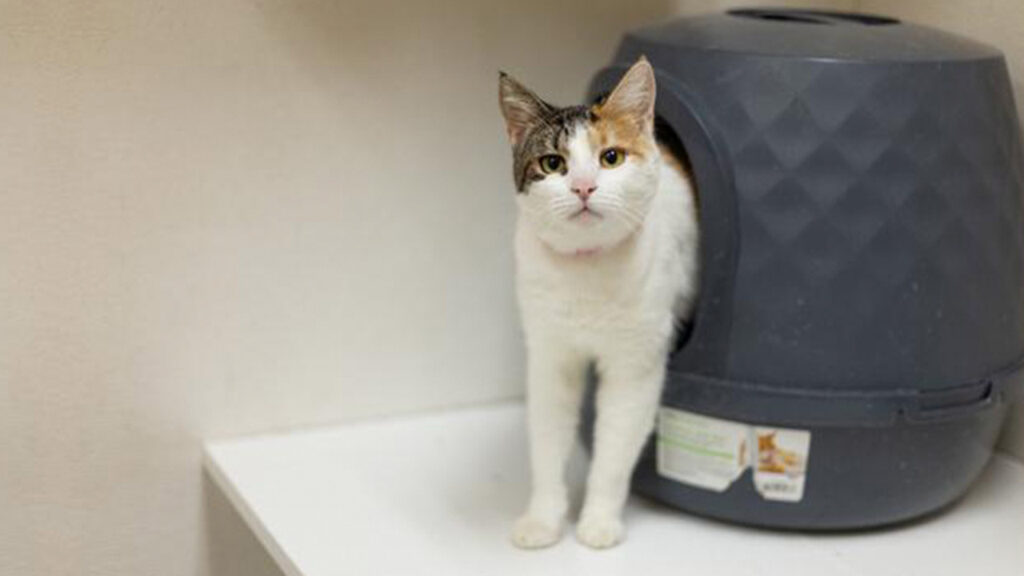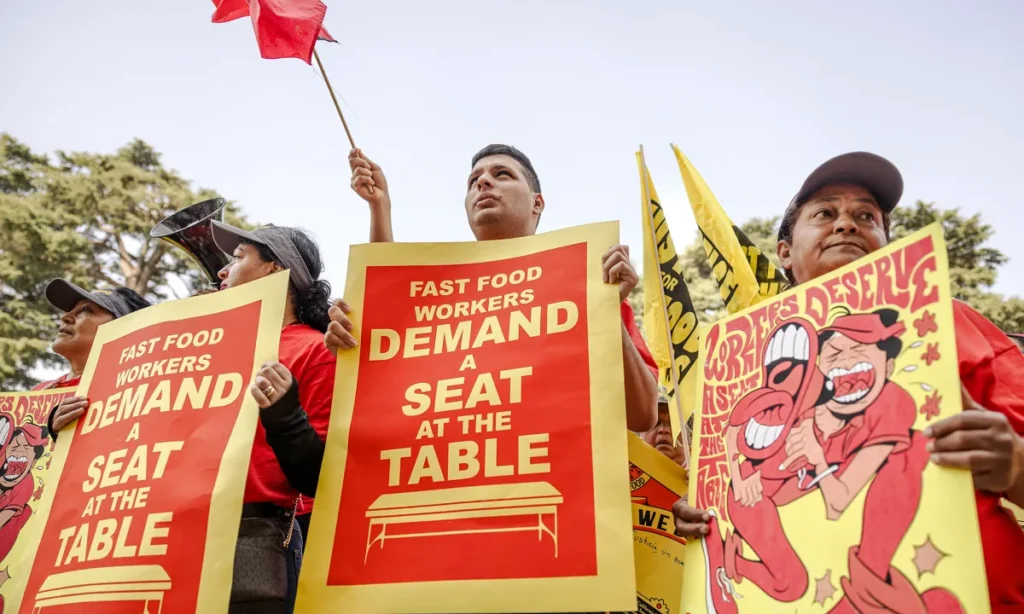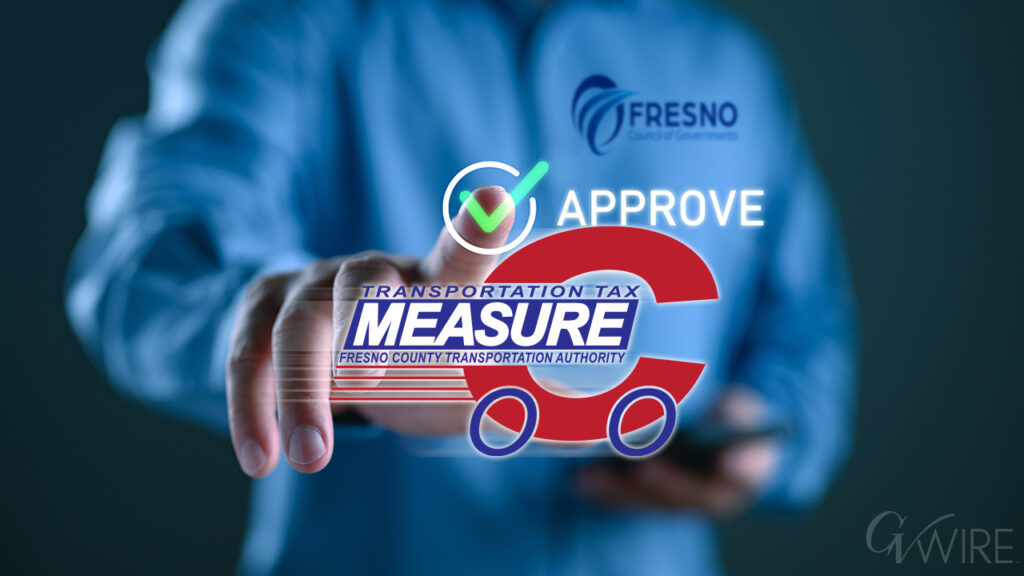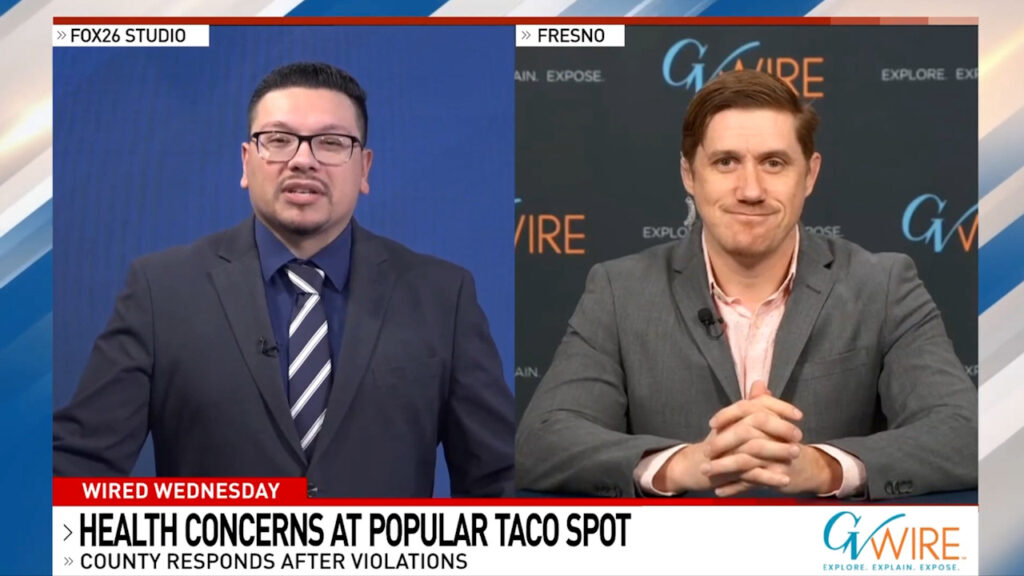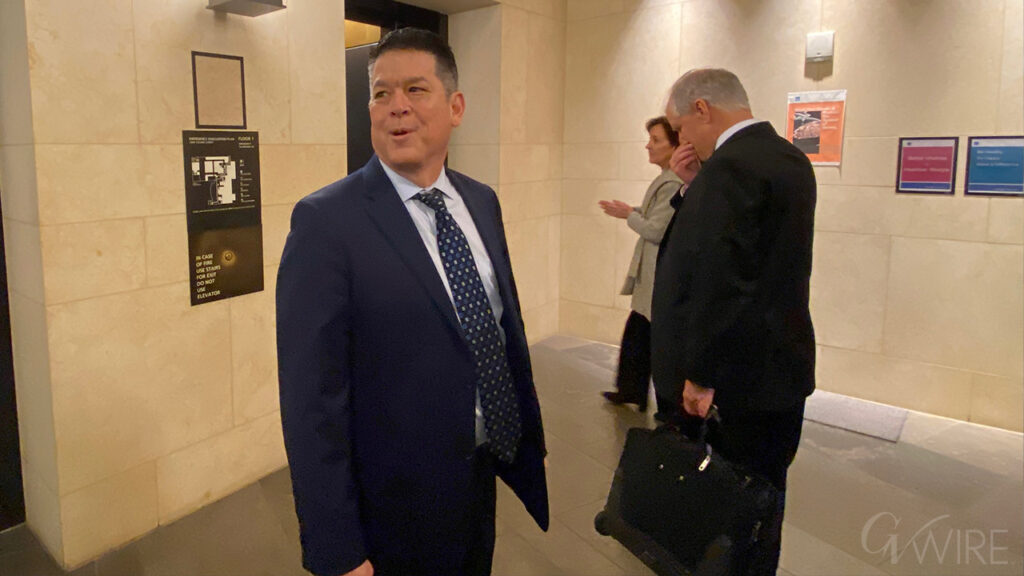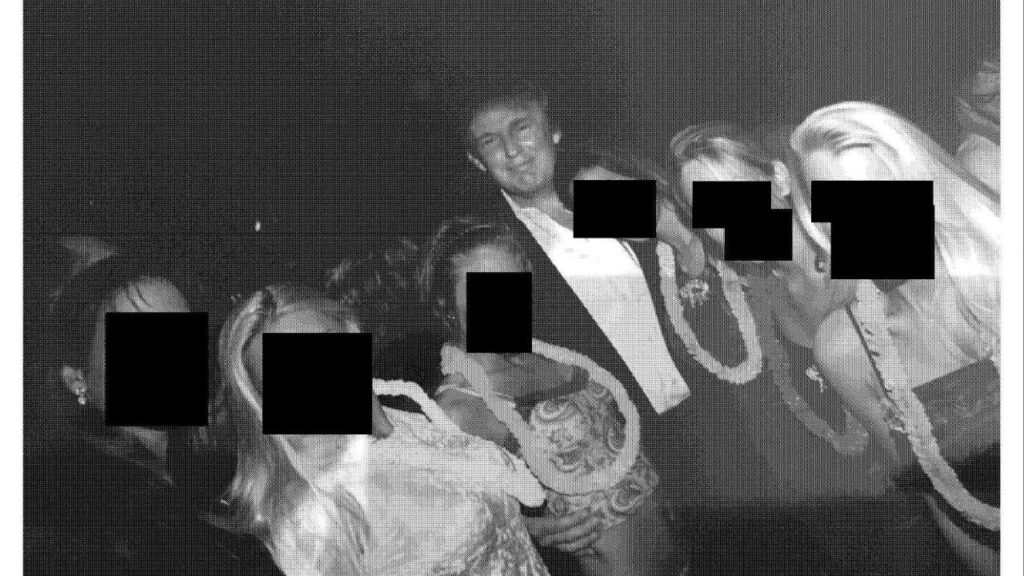Netflix series reveals Dallas Cowboys Cheerleaders secured historic 400% pay raise after years of fighting for fair compensation. (Shutterstock)

- Dallas Cowboys Cheerleaders receive massive 400% pay increase for 2025 season after years of advocacy.
- Former cheerleader reveals she made $15 hourly in 2024, veterans could now earn over $75 per hour.
- Netflix docuseries exposed stark pay disparity between cheerleaders and NFL players earning millions.
Share
In what amounts to the biggest reveal of the second season of the Netflix docuseries “America’s Sweethearts,” the Dallas Cowboys Cheerleaders will receive a pay raise of roughly 400% for the 2025 season.
It is a huge increase in a profession known for its low wages, and one that a former cheerleader for the team, Jada McLean, described in an interview with The New York Times as “a drastic change” that could give the cheerleaders more financial security.
The pay bump is announced in Episode 7 of the show’s second season, which began streaming Wednesday. It caps a yearslong effort for higher pay that drew a great deal of attention in 2018 when former cheerleader Erica Wilkins sued the team for unfair pay. She claimed in her lawsuit that she received roughly $7 per hour with no overtime pay and a flat rate of $200 per game, which, in total, ended up being less than the annual pay for the team’s mascot, Rowdy. Her case was settled out of court in 2019, and since then, hourly wages for the squad remained low.
Pay Details Remain Largely Confidential
Missing from the announcement of the raise in the show were any specifics of what the cheerleaders were making previously or how much they would be paid under their new deal.
But in a rare instance of a Cowboys cheerleader, past or present, discussing her compensation, McLean told the Times that in 2024, her fifth year with the squad, she had made $15 an hour and $500 for each appearance, and that compensation varies based on experience. With the increased wages, she said veteran cheerleaders could now be making more than $75 an hour. The new contract also changes the structure around pay for game day and other appearances, though McLean said it still does not provide health insurance.
In an emailed statement, the franchise would not confirm the new wages.
The increase, which applies to the entire squad, will not only benefit the Cowboys cheerleaders, said Daniel Kelly II, an associate dean and professor at the Tisch Institute for Global Sport at New York University, but also raise the overall market rate for cheerleaders across the board, essentially putting them “above the entertainment staff salaries and independent contractors, like mascots.”
Netflix Series Brings Attention to Low Wages
The celebrated cheerleading squad, which has been delivering high kicks and enthusiasm at Cowboys games for more than half a century, surged in popularity with the release of the first season of “America’s Sweethearts” last summer, which quickly became one of Netflix’s top 10 shows. The series showcased the athleticism, time and grit necessary to be part of a squad of lowly paid performers that cheers for a team whose quarterback, Dak Prescott, makes $60 million a season.
It’s a jarring contrast that surprised even the show’s producer and director, Greg Whiteley. “Like a lot of people, I assumed that it was a full-time job,” Whiteley said in an interview. “I would have thought, ‘Oh, my gosh, you’re a Dallas Cowboys cheerleader; you must make six figures and live in a great house.'”
The push for higher wages among the DCC, as they are known, is a microcosm of a decades-long movement across the NFL to recognize and value the work of cheerleaders — an effort that carries high-stakes risks, Kelly said. When the cheerleaders for the Buffalo Bills, known as the Buffalo Jills, tried to fight for greater workplace protections in 2014, for example, the entire cheerleading squad was essentially disbanded, he said.
In the first season of “America’s Sweethearts,” the docuseries showed the financial struggles of many on the squad who had full-time day jobs in addition to their cheerleading duties. McLean, for example, worked at a dermatology clinic. The show’s second season follows a new cohort of hopeful rookies, many of whom are working regular jobs or attending college, and delves deeper into the intensifying efforts to push management for wage increases despite not being unionized.
Demanding Standards and High Expectations
Every year, thousands of women audition for a few dozen coveted spots on the squad — including veterans themselves who have to compete to remain on the team. Small missteps, like a lack of enthusiasm in one rehearsal, or an imperfect kick, puts their career in jeopardy. Being a part of the team requires hours of rehearsals per week, 10 home games per season and halftime performances as well as special appearances, McLean said.
The women also feel pressure to maintain their physical appearance in order to fit the exacting standards of a Cowboys cheerleader’s classic look.
The cheerleaders do receive some support from the football team outside of their regular compensation. They have access to a team doctor and a physical therapist, in the absence of health insurance coverage, because, McLean said, they are considered part-time employees. They are also free to explore social media branding partnerships as long as it does not interfere with their jobs, and exposure from the Netflix show last year helped many of the women pursue that option to expand their income.
For years, the mythmaking and prestige of being a Dallas Cowboys cheerleader has been used as an explanation for the low wages, presenting the cheerleaders as motivated not by money but by something “bigger than that to them,” as Charlotte Jones, the Dallas Cowboys’ executive vice president and chief brand officer, described it on the show.
That argument, however, is not wielded against the football players, Kelly said, and it can undermine the important role that the cheerleaders play to the overall football experience.
“We are more than just cheerleaders,” McLean said. “We’re talented, strong, educated women, and we’re hardworking athletes who deserve to be seen as such.”
—
This article originally appeared in The New York Times.
By Alisha Haridasani Gupta and Katie Van Syckle
c. 2025 The New York Times Company






